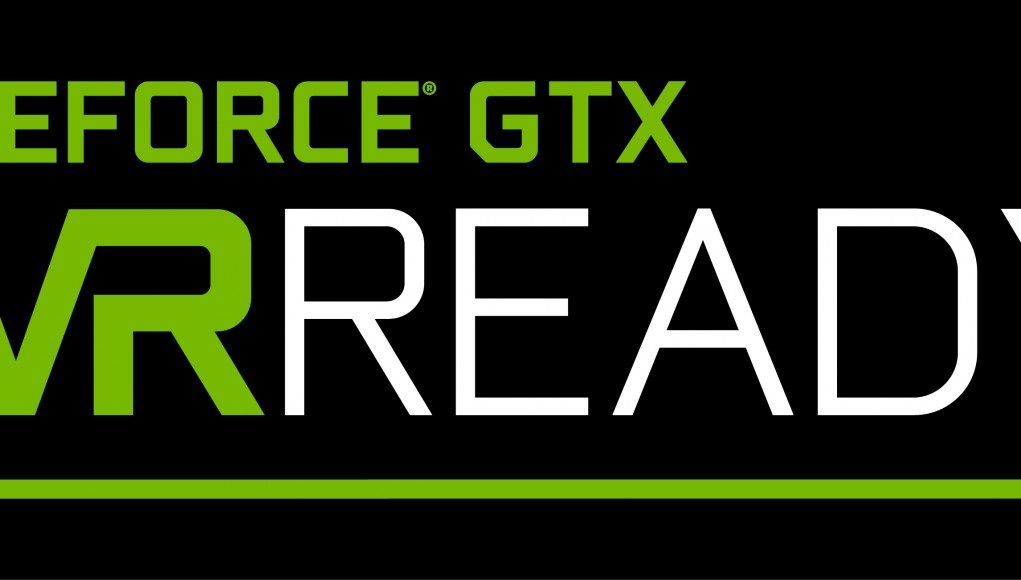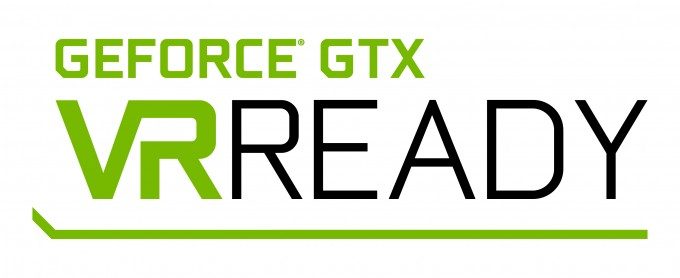NVIDIA has announced a new program designed to alleviate confusion for consumers wanting to ensure their next PC or notebook computer is capable of running consumer VR applications when VR headsets hit the market this year.
NVIDIA is working with PC hardware manufacturers on a new certification program which aims to deliver an ‘at a glance’ guide for consumers to decide if hardware they’re looking to purchase is capable of providing a good VR experience or not.
The designation is called ‘GTX Geforce VR Ready’ and will be assigned to hardware that meets the minimum specification as laid down by Oculus and HTC last year.
“For customers, navigating an emerging technology like VR can be daunting,” said Jason Paul, general manager of emerging technologies at NVIDIA. “We’re working with trusted partners worldwide to simplify the buying process with a GeForce GTX VR Ready badge that will let customers quickly identify PCs or add-in cards that are capable of handling the demands of VR.”
Only hardware meeting or exceeding the following hardware specification will be eligible for the new ‘GTX Geforce VR Ready’:
- A PC with USB 3.0 support,
- CPU: Intel Core i5- 4590 equivalent or greater CPU
- 8GB+ RAM of Memory/RAM
- 2x USB 3.0 ports and HDMI 1.3
- Windows 7 SP1 or newer
It’s perhaps an unsurprising move from the GPU giant, providing branding specifically assigned to their make of graphics cards. But with Oculus already planning a similar ‘Oculus Ready’ cross-manufacturer program and the potential for AMD to draw up a similar initiative aligned to their products, we have to wonder if a PC sporting three different badges may in the end have the opposite effect for consumers.
Of course, not just NVIDIA products meet the required specs released by Oculus:
- NVIDIA GTX 970 / AMD 290 equivalent or greater
- Intel i5-4590 equivalent or greater
- 8GB+ RAM
- Compatible HDMI 1.3 video output
- 2x USB 3.0 ports
- Windows 7 SP1 or newer
The premise behind the idea from NVIDIA is sound in theory, but we can’t help thinking that if GPU manufacturers goal really was to minimise confusion, that collaborating with competitors to produce a unified ‘VR Ready’ badge (in much the same way as HD TV manufacturers did years ago).








